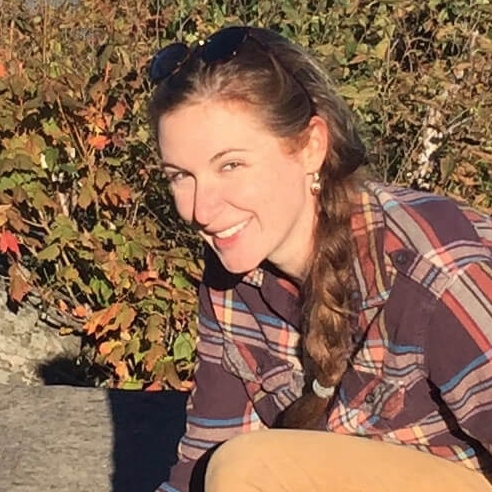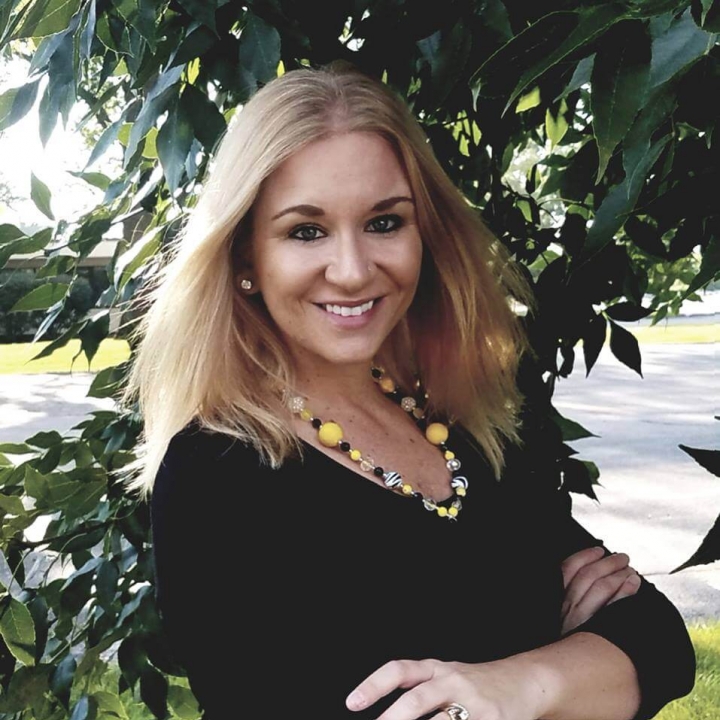Overdose Education & Naloxone Distribution
Iowa Harm Reduction Coalition provides education and training to individuals and organizations across Iowa in order to prevent opioid overdose fatalities and distribute naloxone, the opioid overdose antagonist medication.
IHRC’s Overdose Education and Naloxone Distribution (OEND) program is open to health care and social service organizations, law enforcement agencies, substance use treatment agencies, and public health departments. Through this program, IHRC provides unlimited access to free intra-muscular naloxone.
For organizations looking to obtain overdose prevention training and free naloxone...
For organizations currently participating in IHRC's OEND program...
Frequently asked questions
For organizations looking to obtain overdose prevention training and free naloxone:
IHRC provides training and naloxone access to organizations interested in preventing overdose fatalities in the communities they serve. Training and access to naloxone is available to any organization in the state of Iowa. Trainings are scheduled by request and are personalized to fit the needs of the organization requesting training.
Overdose prevention and naloxone administration training
- This 60 minute training introduces participants to opioids, the physiology of opioid overdose, and risk factors for overdose.
- Participants learn to recognize signs and symptoms of an overdose, administer intramuscular naloxone, and administer rescue breathing until EMS arrival.
- Participants will practice assembly of syringes, drawing up medication into syringes, and (simulated) intramuscular injection.
- This training also addresses frequently asked questions, including liability concerns and naloxone storage concerns.
Train the trainer & community naloxone distribution training
-
- This two hour training includes all components of the overdose prevention and naloxone administration training.
- Participants will also learn to train colleagues, individuals at-risk of overdose, and family members or laypersons to administer naloxone.
- Participants will receive a certificate of completion as a naloxone trainer and be eligible to participate in IHRC’s naloxone distribution program, with unlimited access to free intramuscular naloxone.
Additional training components include:
-
-
- Data collection and determination of naloxone eligibility
- Naloxone storage considerations
- Reporting naloxone usage
- Common questions and concerns from community members who have experienced overdoses or regularly administer naloxone
-
All trainings are conducted by physicians or physician trainees. For training rates and scheduling, please contact hello@iowaharmreductioncoalition.org
Organizations who have previously received training include:
U.S. Probation Office, Northern Iowa
Mount Vernon Police Department
Manchester Police Department
Bulter County Sheriff’s Department
Pathways Behavioral Health Services
ADDS Burlington
CRUSH of Eastern Iowa – Cedar Rapids & Iowa City
Cedar Valley Recovery Services – Marion & Cedar Falls
Iowa City Free Mental Health Clinic
Shelter House, Iowa City
I Hate Heroin – Dubuque
Harbor of Hope – Alcohol & Substance Abuse Recovery House – Des Moines
Quad Cities Harm Reduction
For organizations currently participating in IHRC's OEND program
Program requirements and institutional guidance
Data collection and program evaluation
Naloxone dispensing data collection form
PDF
Online Form
Overdose reversal and naloxone administration reporting form
Naloxone kit materials
Frequently Asked Questions
Who should obtain naloxone, and who is most likely to administer naloxone?
The U.S. Suregon General recommends that all Americans have access to naloxone and carry naloxone to reverse opioid overdoses.
A number of studies indicate that naloxone is most likely to be administered by people who use drugs, and that naloxone can be effectively and safely administered by laypersons, including people who use drugs. In states with long-standing naloxone distribution programs with law enforcement, EMS, and lay persons, data suggests that people who use drugs reverse an overwhelming majority of opiate overdoses.
Opioid Overdose Prevention Programs Providing Naloxone to Laypersons
How should naloxone be stored?
Store naloxone at room temperature between 59°F to 77°F (15°C to 25°C). Naloxone may be stored for short periods up to 104°F (40°C)
Do not freeze naloxone. Protect naloxone from light and keep in
Replace NARCAN® Nasal Spray before the expiration date on the box
How can law enforcement carry naloxone if they cannot maintain constant storage conditions, particularly related to temperature?
Naloxone can be stored over a wide range of temperatures. It is still effective after being frozen multiple times and is still at least 40% effective after being stored at 104 degrees Fahrenheit for several weeks. The following studies provide documentation of the efficacy of naloxone when it is kept at extreme temperatures.
Can EMS administer the intra-muscular naloxone distributed by IHRC?
At this time, EMS should not administer intra-muscular naloxone. Scope of practice for EMS does not include drawing up of medications into a syringe and administering. EMS should administer the intra-nasal formulation or the Evzio formulation.
How many vials of naloxone should be included in a naloxone rescue kit?
Given the presence of fentanyl in much of Iowa’s illicit opioid supply, it may take several doses of naloxone to reverse an opioid overdose. IHRC recommends including three to four vials of naloxone in each naloxone rescue kit.
What other materials should be included in a naloxone rescue kit besides naloxone and syringes? What does IHRC provide?
We recommend including information regarding the administration of naloxone, protective face masks or shields for administering rescue breathing, alcohol wipes, and band aids, in addition to naloxone vials and syringes for intramuscular administration. IHRC provides naloxone rescue kits in labeled plastic bags, with printed paper instructions, three syringes per kit, and three doses of naloxone (sealed in a UV light-proof bag).
Can an individual be arrested for and charged with possession of naloxone in Iowa?
IHRC has received reports of individuals in Eastern Iowa being arrested for and charged with possession of naloxone. Under the Iowa Department of Public Health’s November 2016 standing order prescription for naloxone, anyone can obtain naloxone without a prescription. It is not legal to arrest or charge someone with possession of naloxone.
How does IHRC obtain naloxone?
IHRC receives naloxone from an organization called Direct Relief and purchases naloxone directly from Pfizer.
How safe is naloxone? Does it have any side effects? What happens if naloxone is used on someone who is not experiencing an opioid overdose?
Naloxone is an extremely safe medication. Serious side effects of naloxone are very rare. the most common side effect is opioid withdrawal, since naloxone ejects the opioids from their receptors in the brain. the risk of withdrawal increases with larger doses of naloxone as well as the strength of a person’s drug dependency. Common opioid withdrawal symptoms include aches, irritability, sweating, runny nose, diarrhea, nausea, and vomiting. The potential complications of opioid overdose are more alarming, including lung and heart problems, brain damage caused by prolonged lack of oxygen, and eventually, death. Giving someone naloxone will help restore breathing and lessen the risk of these outcomes. Naloxone does not create a “high” – the only effect of naloxone is to reverse the effect of opioids. If you are not using opioids, an injection of naloxone would feel the same as an injection of water. Naloxone has no potential for abuse or dependency. It is not possible to overdose on naloxone. If a large dose is given to a person with opioids in their system, they may experience symptoms of withdrawal.
There are no side effects to naloxone use.






